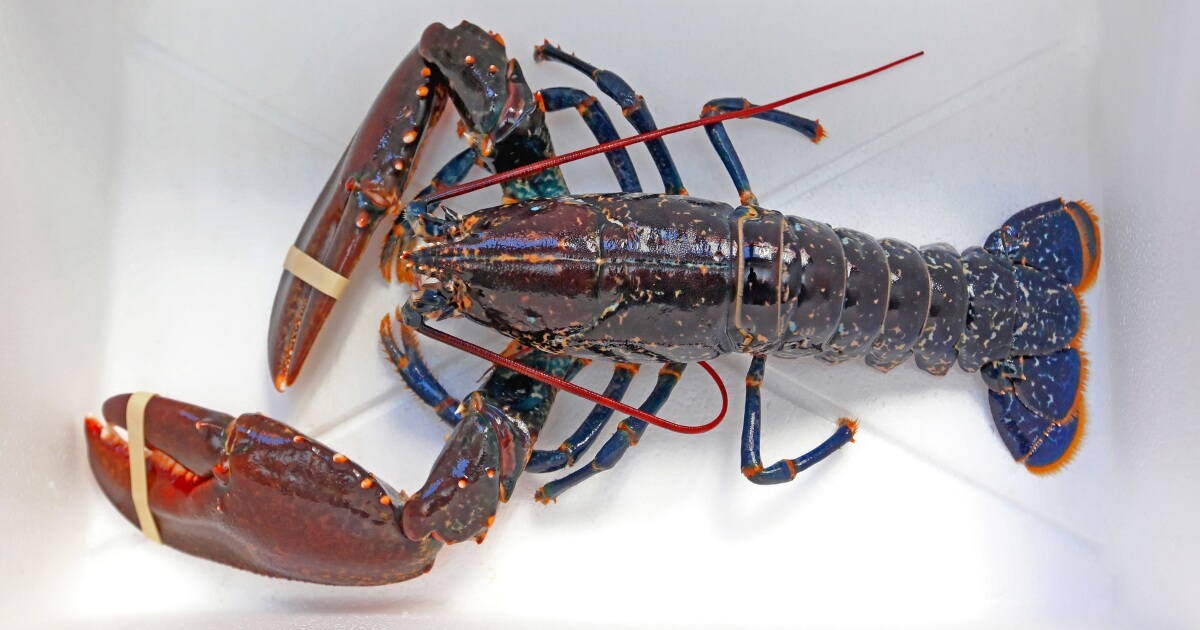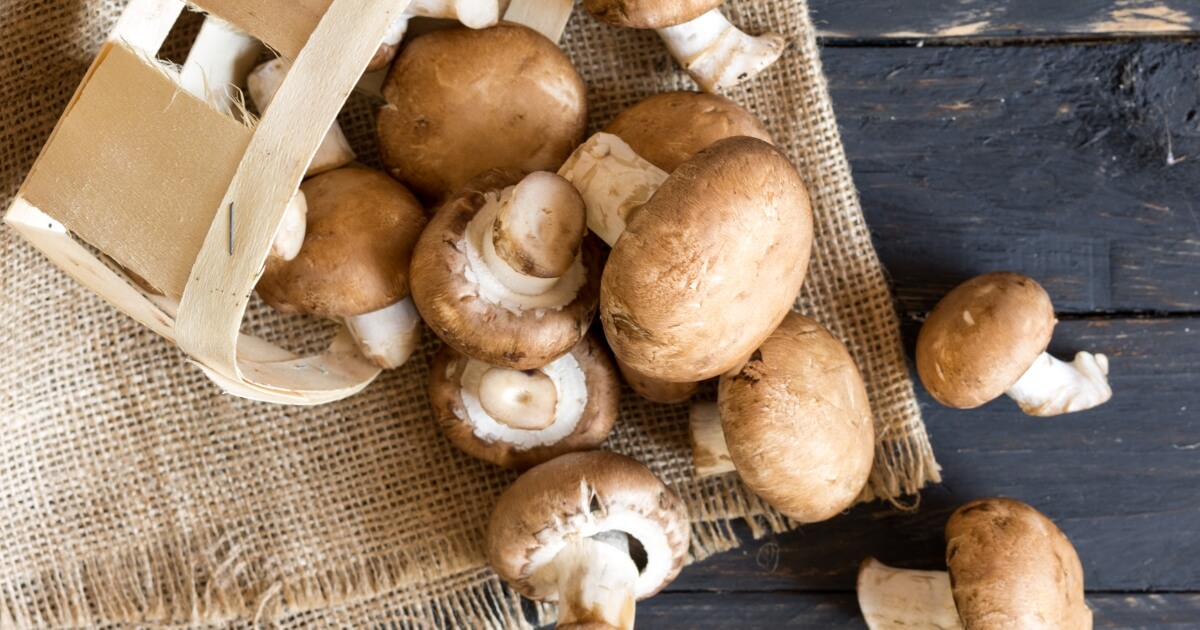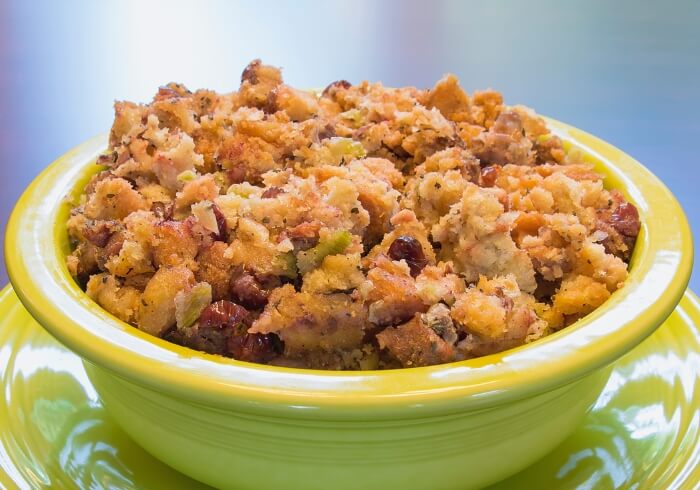Washing spinach is an important step in making sure you’re getting the most out of this leafy green. Not only does it remove any dirt or grit that may be on the leaves, but it also helps to dislodge any hidden insects and pesticide residues.
The best way to clean spinach is to put it in a clean sink or large bowl, fill it with cold water, add a hand full of spinach leaves, then swirl them around to remove dirt and any debris. Running spinach under cold water in a colander to clean the leaves is not as effective as this method.
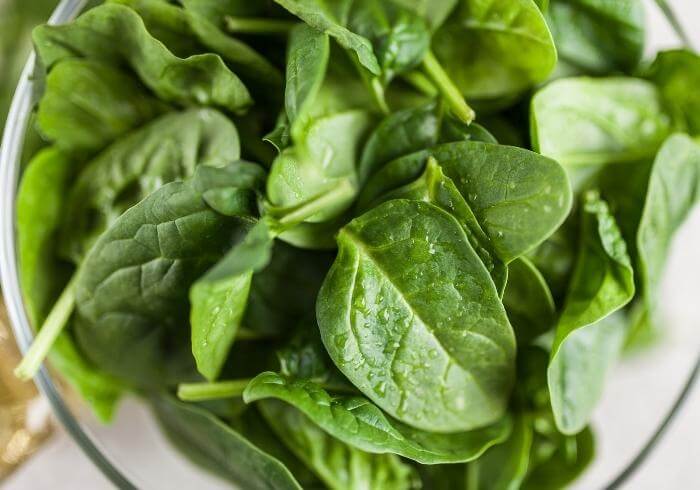
Let’s take a look step by step at how to wash spinach just before you’re ready to use it.
Best Way To Wash Spinach
Before you start, you should know that spinach should not be cleaned before storing. Any excess moisture that you are unable to remove or accidental damage to the leaves will cause your spinach to spoil faster.
Step 1 – Clean Your Sink And Bowl
It’s important to clean your work area, including your sink. Your sink probably has residues left over from previous dirty dishes.
I like to clean it using baking soda mixed with a little water and a non-scratch pad to quickly give it a scrub, then wiping with vinegar and then rinsing well with cold tap water.
Step 2 – Fill With Cold Water
If you’re in a hurry or don’t want to fill your entire sink with cold water, you can use a large bowl instead. The bigger, the better.
Make sure that your water is cold because spinach leaves are extremely sensitive to heat, and even warm tap water will cause them to wilt and break down.
Step 3 – Let The Leaves Soak
Grab a handful of spinach leaves and soak them in the cold water for 10 seconds before you start swirling them.
Step 4 – Swirl The Leaves
Now swirl the leaves around gently, making sure that each leaf gets dipped and separated, which should cause any debris to loosen.
You need to be extremely gentle when handling spinach leaves because they bruise and tear easily, which is not good if you’re planning to use them in a salad.
Step 5 – Repeat Until Clean
Repeat the swirling until you feel that your spinach leaves are clean.
If the water becomes visibly dirty, you should replace it with fresh cold water. Do not pour water directly on your spinach. Again, they will bruise and become unappetizing after being damaged.
Step 6 – Remove Leaves And Dry
Once your first batch of spinach is clean, you can temporarily place it in a colander or another bowl.
When you’re ready, dry the leaves with paper towels or a clean, lint-free kitchen towel. See the drying method below to help ensure that you don’t ruin your spinach.
Step 7 – Use In Your Favorite Recipe
Now that you have clean, dry spinach, you’re ready to use it in your favorite recipe.
How To Dry Spinach After Washing
Drying is an essential step to enjoying freshly cleaned spinach. These steps will take some time and patience. I know it’s tempting to use a salad spinner, but they can easily damage the leaves, so use it with caution.
Step 1 – Gather Cleaned Spinach
If you used a colander to hold your cleaned spinach, give it a gentle shake to remove some excess water.
Step 2 – Dry Your Spinach
Now lay a handful of your spinach out on paper towels or a clean kitchen towel. And with more paper towels, carefully pat the leaves until they are dry.
You may need to flip the leaves over to get all the moisture off of them.
If you have a salad spinner, you can use this to spin-dry small amounts at a time. Be gentle with the spinning. You don’t need to crank it as hard as you can, as this will certainly ruin the leaves.
Step 3 – Place In Bowl To Use When Ready
Now that your spinach has been cleaned and dried, you are ready to use it.
Again, I don’t recommend storing it for long periods because it most likely won’t last as long as you think, no matter how careful you are.
It’s best to clean and use your spinach on the same day.
Do You Have To Wash Bagged Spinach?
No, you don’t have to wash spinach that comes in a bag. However, I always wash my produce to make sure that it is, in fact, clean. If you wash it, follow the steps above but be extra careful when drying, as wet leaves are more delicate.
Do You Wash Spinach Before You Store It?
No, I never recommend washing spinach before storing it, as it will reduce its shelf life, despite your best efforts. If you store cleaned spinach, it will most likely become mushy and slimy and not taste good within a few days.
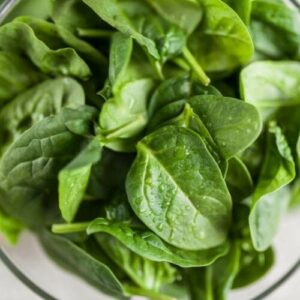
How To Clean Fresh Spinach Leaves
Equipment
- 1 Bowl
- 1 Strainer
Ingredients
- 1 Package Spinach
Instructions
- Clean your sink and/or bowl.
- Fill bowl with cold water.
- Add spinach leaves and let them soak for 10 to 20 seconds.
- Swirl the leaves to remove dirt and debris.
- Remove cleaned leaves and add a new batch.
- Repeat until clean and change water as needed if it becomes dirty or too warm.
- Carefully dry your spinach leaves with paper towels. Use clean and dry spinach in your favorite recipe.


